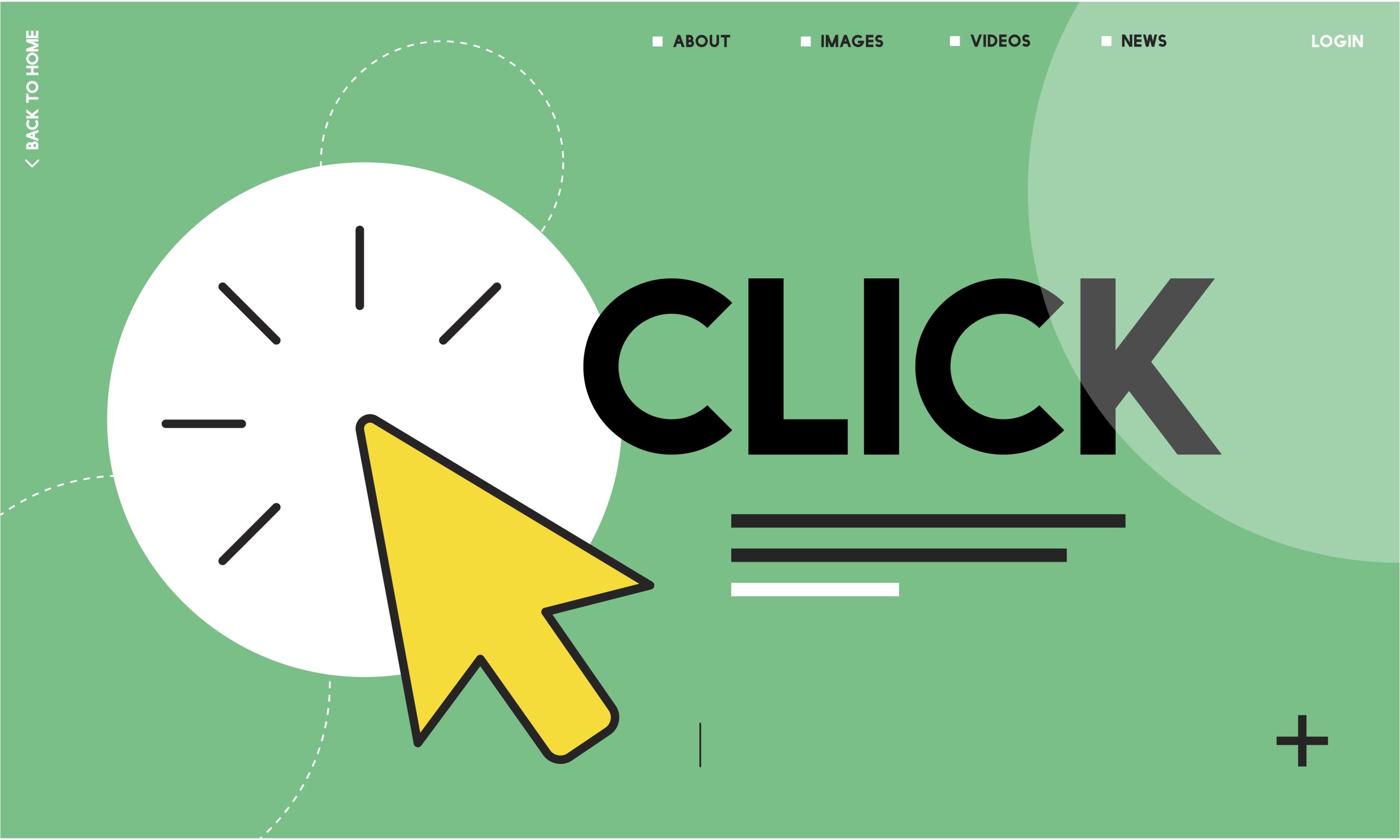Your click-through rate (CTR) is one of the most crucial metrics for evaluating the effectiveness of your online campaigns. Whether you’re running a website, managing an email campaign, or optimizing ads, a higher CTR directly translates to better engagement and more conversions. Ignoring it means missing out on countless opportunities to connect with your audience and grow your business. At its core, CTR measures how compelling your content is to your target audience.
Understanding the Importance of CTR
The click-through rate reflects your audience’s interest in your offerings. If users aren’t clicking on your ads, search results, or emails, this often points to a disconnect between your content and their needs. Learning to improve organic CTR strategies is necessary to ensure your message is relevant, well-crafted, and engaging enough to make users take the next step. Even the most visually appealing or technically advanced campaigns can fail to deliver results without this critical engagement.
Search engines and advertising platforms like Google Ads use CTR as a quality signal. A high CTR can improve your Quality Score, leading to lower costs per click and better ad placements. For email marketing, a good CTR indicates that your audience finds your messaging valuable and is more likely to convert. Similarly, a strong CTR in organic search results signals to search engines that your content matches user intent, improving your ranking potential.
According to Semrush, the first position in organic search results gets an average CTR of about 22%—nearly 10 times higher than the CTR for a page in position 10.

Impact on Conversion Rates
The more users you bring to your site or landing page, the higher your chances of converting them. While a high CTR doesn’t guarantee conversions, it’s an essential first step in driving traffic that can turn into leads or sales.
A poorly optimized landing page can squander the traffic you’ve worked hard to attract, making it crucial to align your click-through efforts with effective post-click strategies.
User Engagement Metrics
When people click on your content, it shows they find it compelling. This data can help you tailor future campaigns to match their preferences and expectations.
Engaged users are more likely to remember your brand, revisit your site, and share your content, multiplying your reach and impact.
Optimizing Your Title Tag and Meta Description
Your title tag and meta description are often the first impression users get in search results, so optimizing them is crucial for boosting click-through rates. A strong title tag should be clear, keyword-rich, and under 60 characters to avoid truncation. For example, instead of a vague title like “Home”, use something more specific like “Affordable SEO Services for Small Businesses | InterCool Studio”.
The meta description, ideally under 160 characters, should summarize the page content while encouraging users to click. A good example is “Boost your website traffic with our proven SEO strategies tailored for startups and small businesses. Get started today!” Together, these elements can significantly improve visibility and engagement in search engine results.
Crafting Irresistible Headlines and CTAs
Use language that resonates with your audience. Focus on clarity and emotional appeal to spark curiosity or urgency. Include keywords that align with user intent, as they’ll help your content appear in relevant searches and draw clicks from motivated users. Headlines that convey value or solve a problem for the reader often perform best, as they directly address user needs.
Optimizing Your Call-to-Action
Your CTA should clearly state what the user should do next. Use action-oriented phrases like “Get Started,” “Discover More,” or “Download Now” to drive immediate action.
Ensure it’s prominent, visually appealing, and strategically placed to catch attention. Consider experimenting with personalization, such as using “Your” or “You” in your CTAs to tailor them to the reader.
Testing Headlines and CTAs
Split testing is a valuable way to refine your headlines and CTAs. Testing different versions allows you to identify what resonates most with your audience and continuously improve your CTR. Test variations of tone, phrasing, and placement to uncover the most effective combinations for your campaigns.
The Role of Visuals and Design
Visuals and design significantly impact your CTR by shaping how users perceive and interact with your content. Images should complement your content and reinforce your message. High-quality, relevant visuals can draw users in and make your content more engaging.
Avoid generic stock photos and opt for visuals that evoke emotion or provide context. Custom graphics, infographics, or product photos often outperform generic images by establishing a unique and credible identity.
Highlight important elements like CTAs and headlines, and ensure your design guides the user seamlessly toward the desired action. A minimalist approach often works best, eliminating distractions while emphasizing key messages.
Ensuring Mobile Responsiveness
With so much traffic coming from mobile devices, a responsive design is essential. A poorly optimized mobile experience can tank your CTR, so ensure your site or email is easy to navigate on screens of all sizes. Fast-loading, mobile-friendly pages are no longer optional—they’re a necessity for staying competitive.
Leveraging Data and Analytics
Track metrics like impressions, clicks, and conversions to get a clear picture of how your content is performing. Use this data to identify trends, spot weaknesses, and refine your approach. Regular performance reviews enable you to adjust campaigns proactively, maximizing their effectiveness.
Sometimes, low CTRs stem from targeting the wrong audience. Use analytics to better understand your audience and tailor your messaging to meet their needs and preferences. Refined targeting can significantly improve CTR by ensuring your content reaches the right people at the right time.
Click-through rate is a cornerstone of successful digital marketing. By understanding its importance and committing to continuous improvement, you can unlock higher engagement, better conversions, and a stronger connection with your audience. Don’t let opportunities slip away – take actionable steps to enhance your CTR today and see the difference it makes for your campaigns.
Conclusion: Why Your Click-Through Rate Matters
The click-through rate (CTR) is more than just a performance metric—it directly indicates how well your content attracts and engages your audience. A higher CTR means more traffic, better SEO rankings, and more conversions. Optimizing key elements like your title tags, meta descriptions, and content relevance can significantly boost your visibility and results. Focus on understanding your audience’s intent, testing different strategies, and continually refining your approach to turn impressions into meaningful clicks.

Andrej Fedek is the creator and the one-person owner of two blogs: InterCool Studio and CareersMomentum. As an experienced marketer, he is driven by turning leads into customers with White Hat SEO techniques. Besides being a boss, he is a real team player with a great sense of equality.
